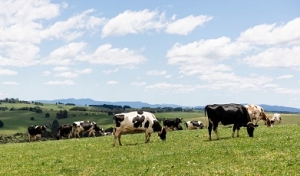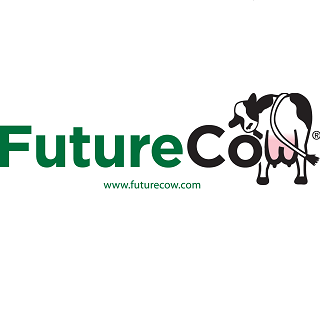News
What Beef on Dairy Cross Has the Best Value?

Jeremy Howard, senior sales and marketing manager with Simplot, says he believes that full beef embryos are the best option for packers and dairy producers.
“Because of various market opportunities, along with specific, individual goals, there is no optimum breed or bull,” he says. “The best choice for a dairy is to choose the option that’s tailored to their herd and produce a calf with the greatest value in their market.”
Beef Embryos
Like many producers, sexed semen proved successful, creating a plethora of replacement heifers for Ryan Junio of Four J Jerseys in Pixley, Calif. Nearly a decade ago, he introduced beef into his breeding program to essentially maintain the size of his Jersey herd.
Initially, Junio notes his beef program was swayed by the market; he used Wagyu, Charolais and Angus breeds. A few years ago, though, he saw the writing on the wall from his local buyer.
“If we wanted to stick around the beef game, we needed to start making a purebred beef calf,” Junio explains.
Currently, 250 Angus calves hit the ground monthly at Four J Jerseys. They use 90% of their 4,000-head milking herd as recipients for purebred Angus embryos that Junio then sells as day-old calves. Making the switch from AI to beef embryos has allowed Four J to maintain herd size while using sexed semen on youngstock and reserving the top 10% of the milking herd based on elite genetics for AI or Jersey embryo transfers (ET).
Jersey/Charolais Cross
One World Beef is the largest-scale slaughter processing facility in southern California, who prominently handles dairy or dairy-influenced cattle and specialize in grain-fed Holsteins, Wagyu and beef/dairy cross cattle. They are the second-largest exporter to Japan, Chile and China. Kim Herinckx, vice president of food safety and quality for One World Beef shares her favorite crop is the Jersey/Charolais cross.
“This cross upgrades the Jersey exponentially,” she explains. “Muscle marbling to durability to performance in the Southwest heat is impressive.”
Genetics can improve a lot with crossbreeding, but Herinckx underscores the importance of feeding an animal correctly.
“The problem we’re running into is that some traditional feedlots get black cross animals in, and they are feeding them like a traditional black animal, and it simply doesn’t work,” she says.
Beef will continue to be a hot choice by consumers as demand continues to be high and supplies are at the lowest level in decades. This all means that U.S. dairy producers will continue to lean forward at the opportunity to add dollars to their bottom line. Dan Basse with AgResource Company encourages dairy producers to breed more beef to their bottom-end cows.
“We all need to be doing our share in bringing food to the table because America is going to be needing this long term,” he said at the 2023 Professional Dairy Producers of Wisconsin (PDPW) Annual Meeting earlier this year. “63% of net farm revenue is money that you keep which is determined by the decisions you make in the markets.”




















